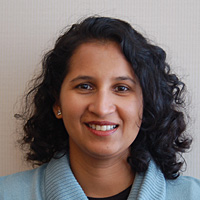PTSD invades the capacity to function in society. It begins with a traumatic event, typically life threatening, followed by reliving the trauma over and over. It dominates life with disabling nightmares, wildly intrusive thoughts and terrifying flashbacks. A pathological numbness makes it hard to experience vital emotions. And a constant feeling of waiting for something bad to happen makes it easy to isolate and avoid the world. When PTSD broadly affects communities recovering from disaster it can hamper rebuilding and recovery.
We have seen tremendous growth in our scientific understanding of PTSD. And now have psychological therapies and medications to alleviate these disabling symptoms.
But, here lies the first problem: those with PTSD often had little social support to begin with and are likely to live in areas under-served by mental health professionals. So, ironically, critical services are limited where there is greatest need. Yet, even if there are enough professionals to treat PTSD, the second problem is this: often those most severely traumatized by disaster simply don't buy into what conventional mental health services have to offer.
The solution to this paradox lies in creative solutions to make mental health care more accessible after a disaster. One approach is for mental health professionals to train people who are not professionals to reach out to those in need. Often they share a common bond with those affected by the disaster. They may come from the same community, or have a history of PTSD themselves. These peers can forge social bonds that professionals cannot and those bonds might make it easier for someone to admit they are struggling or feel safe enough to consider getting help. Systematically finding the right way to integrate conventional mental health services and peer relationships may alleviate a pervasive problem -- a welcome step that ultimately serves us all well.
With a Perspective, I'm Dr. Shaili Jain.
